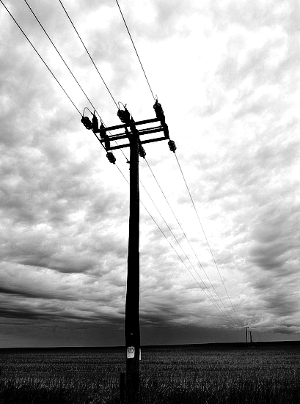Powerline pay to rise
 A new scheme should see landholders compensated for hosting new high-voltage powerlines.
A new scheme should see landholders compensated for hosting new high-voltage powerlines.
The New South Wales government has unveiled an Australian-first scheme to pay landholders for hosting high-voltage powerlines on their properties, providing an annual sum of $10,000 per year over 20 years for every kilometre of new transmission line infrastructure.
It comes in addition to an existing one-off payment farmers currently receive when the lines are built.
The state needs to build thousands of kilometres of grid infrastructure to connect new wind and solar projects.
But existing compensation methods have caused consternation among farming communities, who feel that the contribution they make hosting the lines needed to transform the electricity industry has not been properly recognised.
Compensation had been organised on an ad hoc basis, but the new scheme will roughly double the amount of money going to farmers.
Transgrid manages NSW’s high voltage network and is behind the construction of thousands of kilometres of new grid infrastructure.
Transgrid director Gordon Taylor says the cost of the compensation scheme will add just 77 cents to the average yearly electricity bill.
“We fully support the new scheme and have been advocating to recognise the role that landholders make in hosting this infrastructure,” Mr Taylor said.
While many landholders have welcomed the enhanced compensation scheme, some say it does not account for the broader impacts, such as environmental damage, the risk of bushfires, the impact on tourism and the impact on agriculture.
Renewable energy advocates have welcomed the proposed scheme as a key plank in the ongoing green transition.








 Print
Print